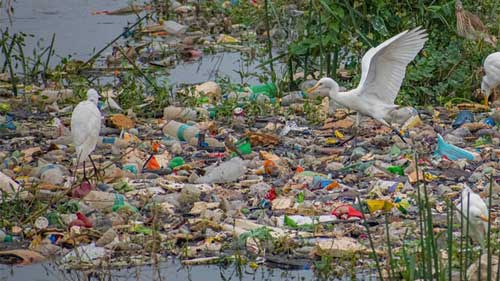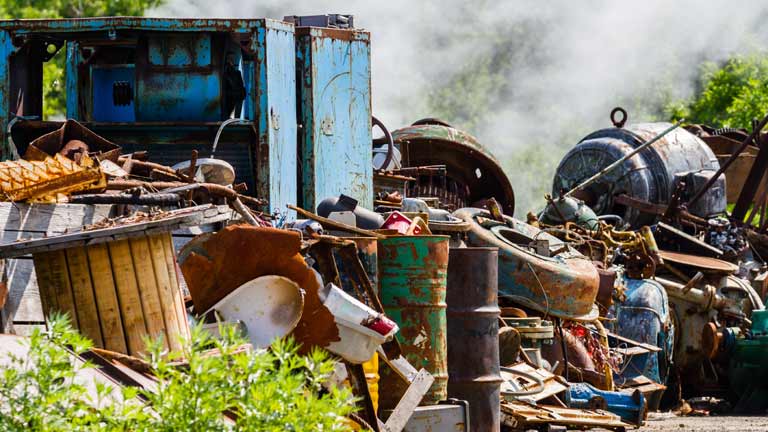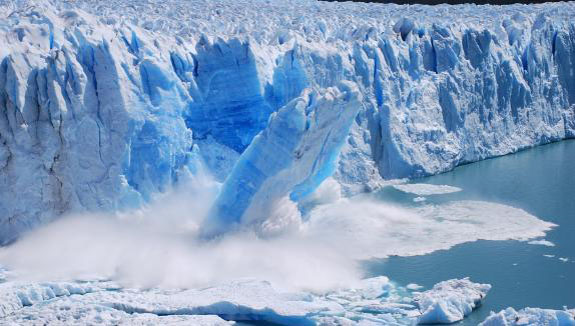
When dangerous substances, such as chemicals or bacteria, pollute a stream, river, lake, ocean, aquifer, or other body of water, the water quality degrades and becomes toxic to humans or the environment.
Main Causes of Water Pollution
Mercury contaminates oceans, rivers, lakes, canals, and reservoirs when it filters from the Earth’s crust. Human activity and its repercussions, on the other hand, are the most common causes of poor water quality, as we’ll describe below:
Climate change is a severe problem
CO2 emissions produce global warming, which heats the water and depletes its oxygen concentration.
Deforestation
Forest logging depletes water supplies and produces organic residue, a breeding ground for dangerous microorganisms.
Agriculture, industry, and livestock production
One of the primary causes of water eutrophication is chemical dumping from these industries.
Dumping of garbage and faeces water
According to the United Nations, more than 80% of the world’s sewage ends up untreated in seas and rivers.
Maritime Traffic
Fishing boats, tankers, and cargo ships account for much of the plastic pollution in the water.
Spills of oil
Oil and its by-products are vulnerable to leaks during transportation and storage, polluting our water supplies.
What Are Water Pollution’s Health Consequences?
Read below, how water pollution is harmful to humans health.
Microplastics in the body
Microplastics can be consumed through contaminated seafood or drinking contaminated water. In 2016, scientists in Tokyo Bay tested 64 anchovies for microplastic intake and found that 77% of them had microplastics in their digestive systems.
Salt, beer, and other foods have also been found to contain them. According to research, microplastics have been linked to oxidative stress, inflammatory responses, and metabolic problems in people. More research is needed, however, to corroborate these findings.
Using sewage-contaminated water as a source of nutrition
According to the WHO, around 2 billion people worldwide consume water contaminated with faeces. Bacteria that cause diarrhoea, dysentery, typhoid fever, cholera, hepatitis A, and polio can all be found in contaminated water.
Every year, around 297,000 children below the age of 5 die from diseases caused by low-grade sanitation, hygiene, or contaminated drinking water, according to the United Nations.
Water tainted with chemical waste is not safe to drink
Pesticides, fertilizers, and heavy metals are examples of chemical pollutants that can cause significant health concerns if consumed. You can use a whole house water filter Sydney for safe drinking water.
Flint, Michigan, residents encountered water contamination in 2014 due to insufficient water testing and treatment. The tainted water caused rashes, hair loss, and itching skin. The amount of lead in children’s blood increased after drinking the water.
A person who drinks water contaminated with chemical pollutants may be exposed to the following dangers:
- Cancer
- Changes in hormone levels
- Changes in mental abilities
- Damage
- Immune and reproductive systems have a reliable source of information.
- Kidney and cardiovascular issues
In addition, if you swim in contaminated water it can cause:
- Rashes
- Conjunctivitis
- Infections of the lungs
- Hepatitis
Conclusion:
Speaking out in support of the Clean Water Rule, which clarifies the scope of the Clean Water Act and safeguards drinking water, is one of the most effective ways to stand up for our waters.




